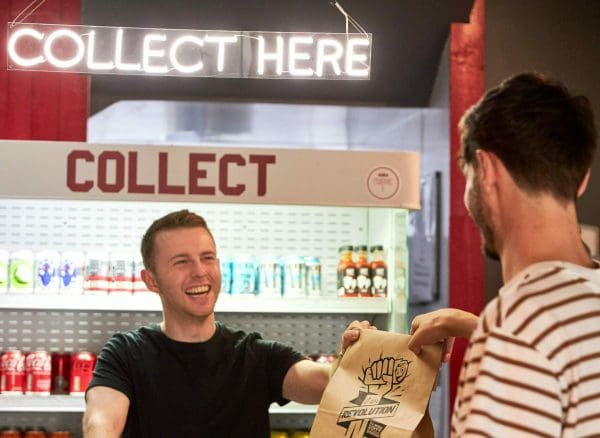Labour costs are rising again as The Treasury have announced a 16% increase in the National Minimum Wage for 18-20 year olds, and a 6.7% increase in the National Living Wage from April 2025.
This increases the cost of doing business by £1.9 billion for the hospitality industry, an increase that Kate Nicholls – Chief Executive of UKHospitality – has called “well above expectations.”
It’s already been a tough year for hospitality businesses to manage rising labour costs with the increase in April 2024, so the impending (and significant) increase in 2025 will be a difficult pill to swallow.
It’s never been more important for operators to ensure they are running the most efficient labour model possible, increasing revenue wherever possible, and getting the most out of the team they can afford.
Join us as we take a look at how top hospitality brands have used tech to combat rising labour costs and increase the profitability of their operations.
1. Reduce labour costs (and increase profit) with digital order channels
Digital ordering channels take a huge amount of pressure off your labour model.
Channels like self-order kiosks, Click & Collect, and Mobile Order & Pay offer a solution that delivers the best of both worlds: they allow you to work with a much leaner operation, without sacrificing throughput.
Launching these channels means you don’t have to rely on having staff members chained to the POS taking manual orders anymore, effectively reducing the number of staff you need per shift. Vietnamese fast food chain HOP saw a 35% reduction in labour costs thanks to digital ordering, with LEON also seeing the benefit to the bottom line.





